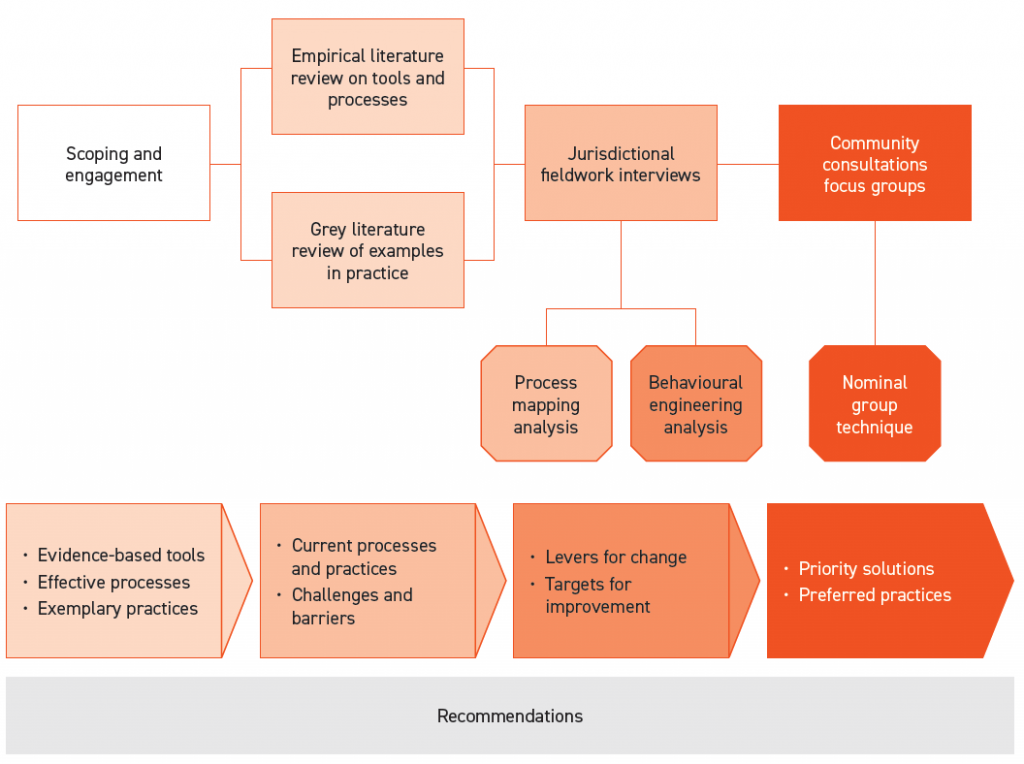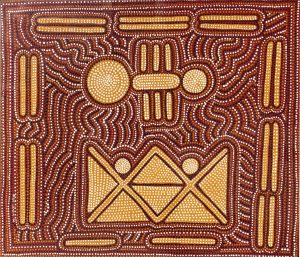What the project involved
We began with a literature review to evaluate the tools, processes and approaches being used to identify disability and link Aboriginal and Torres Strait Islander prisoners to rehabilitation and treatment. This was followed by interviews with stakeholders across different levels and sectors to understand the prison journey and process for community reintegration. The final stage was community consultation. We directly engaged with Aboriginal and Torres Strait Islander communities to seek input into solutions that respond to the specific needs of Aboriginal and Torres Strait Islander prisoners and ex-prisoners with disability. The delivery of the ADNIP report was the result of successful collaborations between Aboriginal and Torres Strait Islander peoples, corrective services and our research partners.

